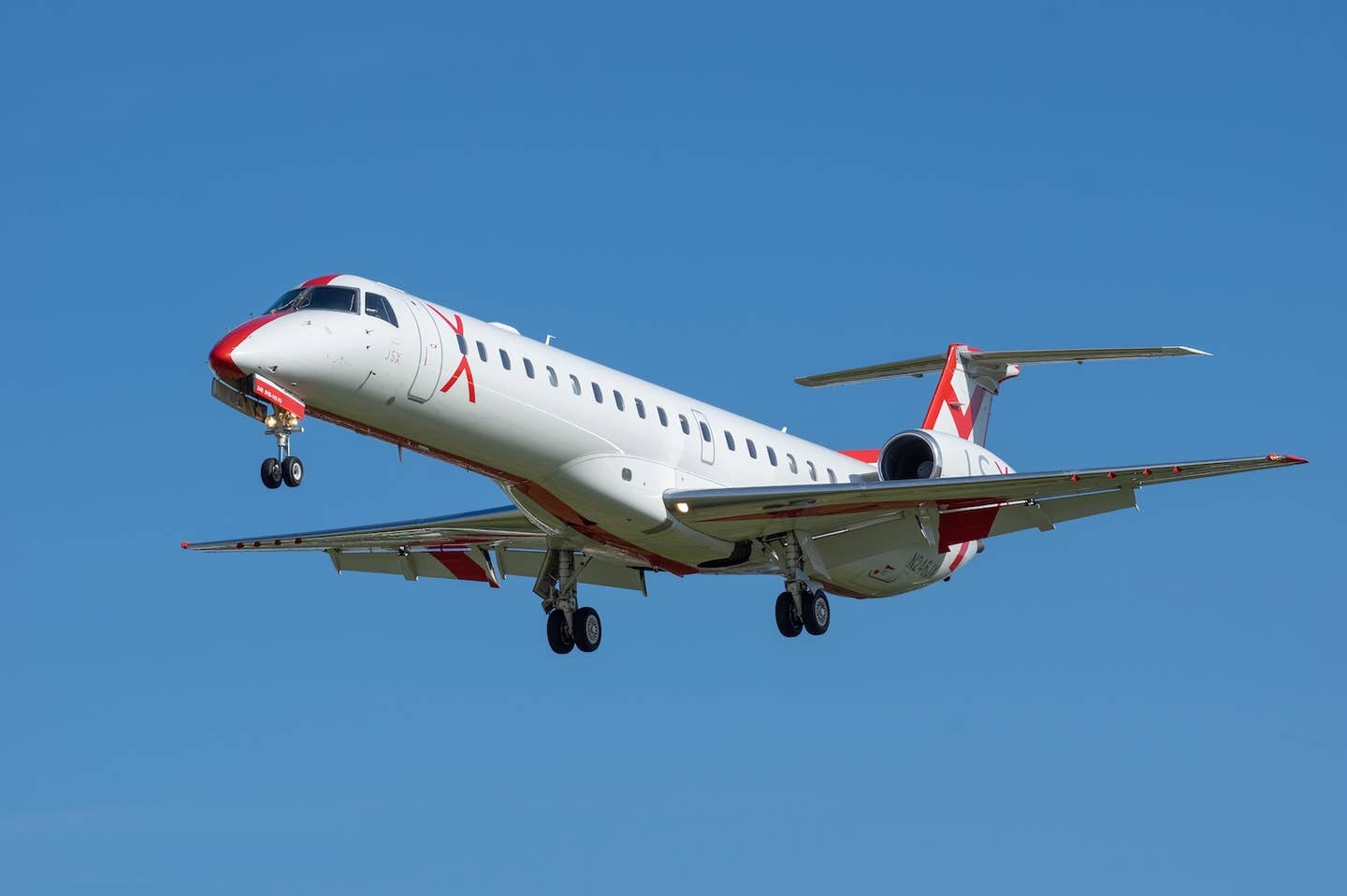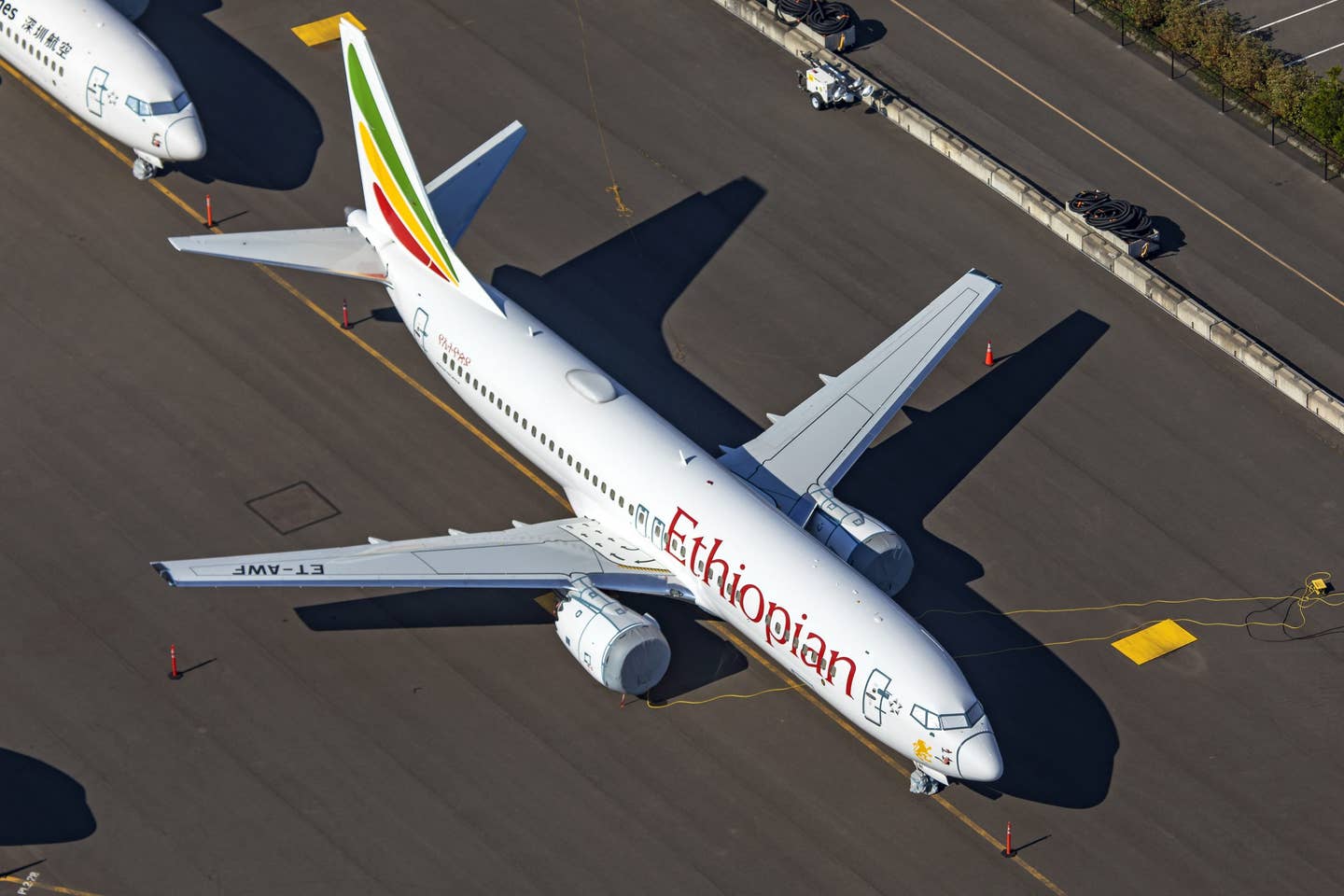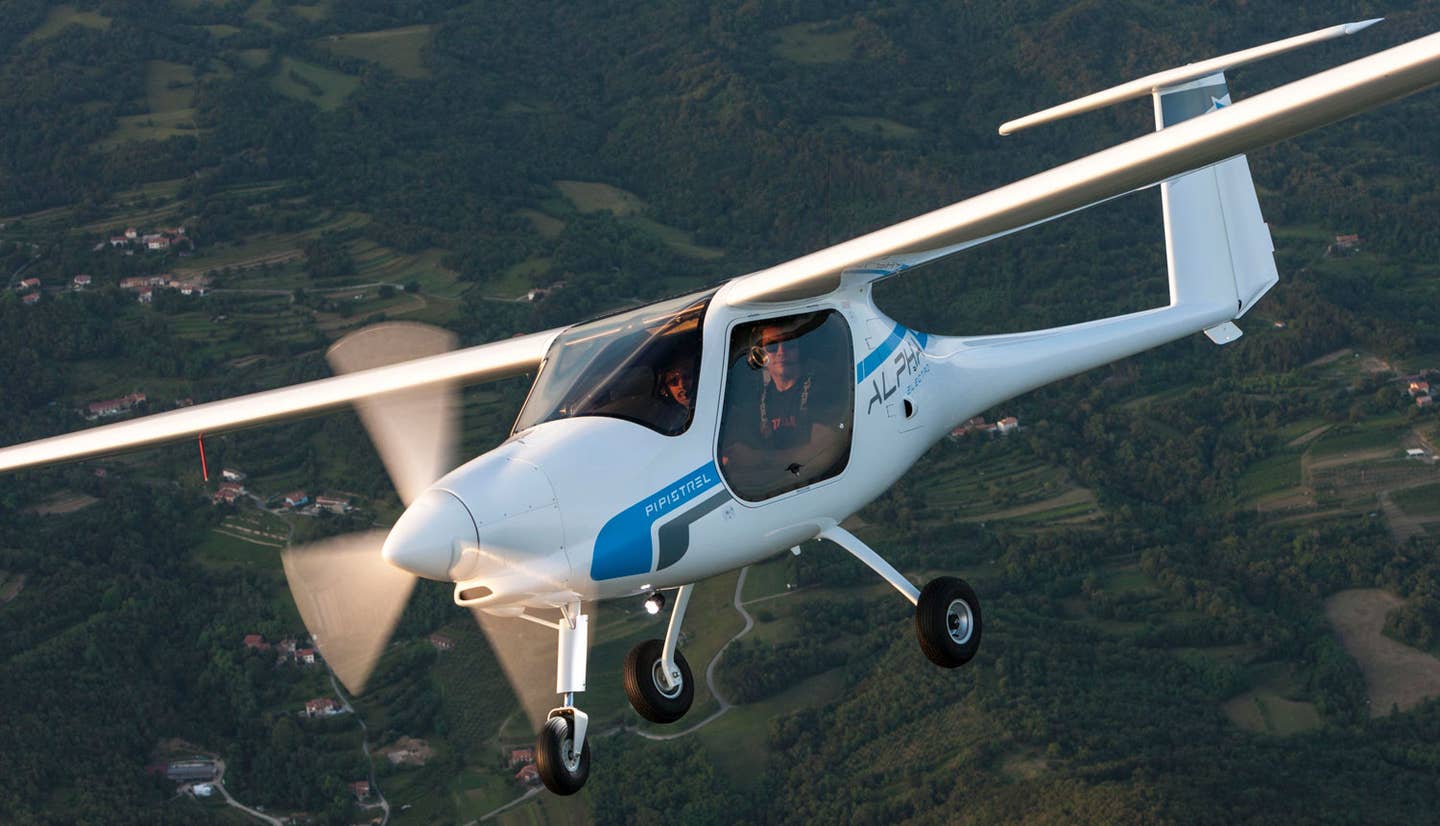
Gulfstream G500 and G600
In the wake of Gulfstream's blockbuster introduction of its flagship G650 (and now G650ER) fly-by-wire, ultralong-range and high-subsonic beauties, I guess I should have stopped being surprised by any large-body wonders the company puts in the air. The G650 Gulfstream jet set the standard for the ultralong-range category, leaving its two large-cabin, ultralong-range rivals staring at the 650's tail section, both literally and figuratively, as the Gulfstream jet pulled away.
It didn't happen by chance. The 650 made use of some remarkable new technologies, so it only seemed natural that Gulfstream would leverage some of them into new jets designed to take the place of the company's lower priced models. It had even been reported that the Savannah, Georgia, company would be coming out with a "G450 replacement." The story, while bearing some elements of the truth, turned out to be a red herring.
Instead of a G450 replacement, Gulfstream has come out with a pair of new jets, the G600 and the G500, that promise to take the magic of the G650 slightly down-market. It has created a pair of large-cabin cruisers that have less range but are just as fast and in a few ways even more sophisticated than the company's flagship model while costing many millions of dollars less.
In development for more than five years now, the G500 Gulfstream jet will make its first flight in 2015 with certification in 2017 and first delivery in 2018. First flight for the G600 will be in 2017 with the first customer delivery in 2019. Though it might sound like a long time, the schedule is actually very ambitious for what amounts essentially to a pair of clean-sheet airplanes that will be in many ways the most advanced bizjets ever.
The program is already in an advanced state, as evidenced by Gulfstream rolling out to the delight of thousands of employees and hundreds of invited guests the first completed G500 Gulfstream jet. There are two new factory buildings and numerous labs for the new programs at Gulfstream's Savannah campus, including the so-called "iron bird," used to test systems like actuators for power control, flight controls and landing gear, for example. There's an avionics test lab, and a cabin development lab in which engineers use 3-D vision goggles showing computer-generated renderings that allow them to examine every possible layout and cabin component for ease of use and efficiency. The two new airplanes will get the benefit of the company's advanced sound labs — Gulfstream says that the cabins of the G500 and G600 will be just as quiet as that of the G650 Gulfstream jet. That's a high goal, but who would bet against it?
Customer Input
For years Gulfstream has designed its airplanes with input from what it sees as the most important stakeholders in the process, the customers. In creating the two models, Gulfstream designers made extensive use of customer involvement through its Advanced Technology Customer Advisory Team program. It sounds a bit scary to ask customers to tell you exactly what they want the end product to be. In this case, those customers said they wanted an airplane as fast as the G650 with a cabin about as comfortable (if not as long) that flies in excess of 5,000 nm, and is as chic and cutting edge as the G650. Customers insisted on windows as large as those on the G650, which are the largest windows in the industry.
Letting your customers ask for the sun, moon and stars is a bad strategy unless you can deliver on such expectations. The company did just that with the G650 and, based on its preliminary specifications for the two new jets, appears to have done it again.
New Gulfstream Lineup
In terms of range, the two airplanes fill, in essence, niches below the recently certified G650ER (extended range), the G650 and the G550, though the equation for potential customers isn't quite that simple.
The G550, which just a few years ago was the most capable bizjet in the world, boasts a range of 6,750 nm at Mach 0.80, while the G600 will be a 6,200 nm airplane at Mach 0.85. So while not as rangy as the 550, it will cover its ground faster. Moreover, at its normal high-speed cruise of Mach 0.90, it will be a 4,800 nm airplane. It's also a more technologically advanced model in numerous ways. Gulfstream stresses that the G650 and G650ER are still its flagship models, and with their enormous range and comfort, as well as their hefty price tags, it's hard to argue that fact.
The range of the G600 at 6,200 nm is impressive in its own right, making it capable of flying from New York to Moscow or from London to Beijing at nine-tenths the speed of sound. At Mach 0.85, significantly faster than the high-speed cruise of Gulfstream's erstwhile competitors, the city pairs for the G600 and G500 are even more remarkable. As with the G650ER and the G650, G500 and G600 fliers can choose to go either "incredibly fast" and "really far" or "really fast" and "incredibly far." The word from Gulfstream is that its customers are choosing the "incredibly fast" option, selecting 0.90 cruise for the majority of their trips.
In many ways, however, the G600 and G500 will be more advanced than anything Gulfstream (or anyone else) is making. They feature the most advanced avionics in the industry (more on that in a bit), the most spacious if not the longest cabins in their segment and very low cabin altitudes — the same as in the G650, a 4,850-foot cabin at 51,000 feet with 100 percent fresh air for arriving at the destination feeling refreshed. At 41,000 feet, the cabin altitude is a mere 3,000 feet, which is best in class by 1,500 feet. The two new airplanes will have what are arguably the most popular features in any bizjet, the huge windows that Gulfstream pioneered on the G650. It's not an overstatement to say that the cabin is designed around the windows, with one for every individual seat and the overall effect being one of great openness to go along with the quietude.
Boasting brand-new fuselage cross sections that are nearly as big as the 650's and bigger than those of the G550 and G450, the G500 and the G600 will be closely related to each other but not identical. They have identical cross sections, but the G600 is a notably larger airplane than the G500, being about 5 feet longer and about 14,000 pounds heavier (at max takeoff weight). The G600 will have slightly scaled-up wings and horizontal tail, and it will get more thrust from essentially the same Pratt & Whitney Canada turbofan engines.
Those New Engines
Gulfstream has been associated with Rolls-Royce engines for decades, but the company makes clear that it picks the best engine for the application. The G280 super midsize jet features Honeywell turbofans, and the G150 and G200 are powered by Pratt & Whitney turbofan engines.
The G500 and G600 will be outfitted with the brand-new P&W 800 series engines, the G500 by a pair of PW814GA turbofans putting out 15,144 pounds of thrust apiece. The G600 Gulfstream jet will be powered by a pair of PW815GA engines, delivering 15,680 pounds of thrust apiece. The engines are among the most efficient turbofans ever produced, thanks to Pratt & Whitney's pioneering work in combustor efficiency, which found a way to keep fuel burn temperatures from getting too hot while keeping the fuel being burned from being exposed to flame for too long a time.
Over a 3,000 nm mission at Mach 0.85, the G500, claims Gulfstream, will be the most efficient business aircraft, using right around 15,000 pounds of fuel. The G600 won't be far behind when it comes online in 2018.
New also will be revolutionary thrust reversers by Nordam that will translate about 50 percent of the forward thrust of the engines into reverse thrust for powerful slowing.
The engine will feature a 10,000-hour TBO at inception, with major inspections at 750-hour intervals, a 50 percent improvement over the Rolls engines on the G450 and G550. The engines come with a six-year, 3,500-hour warranty, part of the best warranty package for an airplane that we know of. The primary and secondary airframe structures, including doors, flight controls and nacelles, come with a 20-year, 20,000-hour warranty.
There are currently nine engines in the development program, and among them they have amassed more than 1,700 hours of operation, including more than 200 hours flying on Pratt & Whitney's 747 test bed aircraft. The engine was scheduled for FAA certification by the end of 2014.
We "Fly" the G500
The G500 and G600 will feature the Symmetry flight deck — the most advanced avionics suite that I have seen on any airplane.
The Primus Epic suite on which most of Gulfstream's PlaneView avionics suites are based was a revolutionary product when it was released a decade ago, and it has found a home on around a dozen different jets and has been spun off into at least two different avionics products, the Apex and Elite flight decks.
While Primus Epic has a lot of capability, it is based on an interface first developed nearly two decades ago. While the displays are big and the graphics pretty, the user interface still features drop-down text menus.
The new model, which Gulfstream rightfully takes a lot of credit for, throws the old interface out the window and creates a thoroughly modern, touch-screen-based design using very shallow menus and a highly graphical interface. The new design incorporates advanced synthetic vision on an array of displays, and users will find each highly and easily configurable. The system will incorporate the latest head-up display technology with four times the resolution of Gulfstream's EVS II product for even easier use on lower landing minimums — as low as 100 feet agl.
Touch screens are everywhere. I had the chance to "fly" the G500 Gulfstream jet in the avionics test lab, and I was astounded by the ease of use and clean cockpit design. There are a total of 10 touch screens (several of them interchangeable) and touch-screen controllers, and the airplane will be able to dispatch with a number of them inoperative, however unlikely a scenario that might be. All of the screens are designed with pronounced edges to anchor your hand against if there's turbulence or just for more accurate touch performance. There are even three overhead touch-screen controllers.
Fly by Wire
The cockpit design revolves around the use of sidestick controllers, a first for Gulfstream. The fly-by-wire flight control system makes use of what Gulfstream terms active control sidesticks (ACS), a first for civil airplanes, says the company. The system makes use of highly intelligent force feedback to simulate control loads and simultaneously provide a virtual "linkage" between pilot and copilot controls, so there's no need for software logic to verify which pilot has control of the aircraft. Both of them do.
As with the G650 fly-by-wire system, the flight control of the G500 and G600 will be more Boeing than Airbus. While the system has significant protections built into it, the modes are largely transparent to the pilots, who will fly the airplane like any other.
Gulfstream's inclusion of sidestick controllers also freed designers up to create a new seat, which I tried out during my visit to Savannah. Because there's no control column, the seats don't need the center cutout, so the pilots can have a seat that is dedicated to both comfort and efficient positioning. There's even an armrest for supportive sidestick flying.
Gulfstream officially launched the two new planes in mid-October and introduced them at the National Business Aviation Association convention in Orlando, Florida, a week later.
The G500 is well along in its development; the first airplanes are already being built in advance of the first flight. There will be five test G500 aircraft and four G600s. The very nicely equipped G500 will sell for $43.5 million. The G600 will be about two years behind the G500, with first flight scheduled for 2017 and entry into service for 2019, and it will sell for $54.5 million.
With these two new airplanes, both of which improve substantially on what had been considered state of the art, Gulfstream has solidified its position as the leading large-cabin bizjet maker in the world, underscoring its commitment to performance, comfort, efficiency, safety, reliability and support. With Gulfstream's track record of success dating back several decades, its customers have come to expect nothing less from the company and the world-class airplanes it makes.
Get online content like this delivered straight to your inbox by signing up for our free enewsletter.

Sign-up for newsletters & special offers!
Get the latest FLYING stories & special offers delivered directly to your inbox






